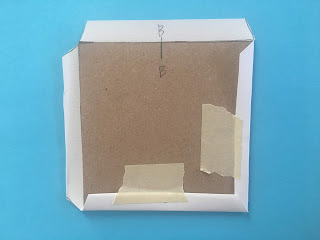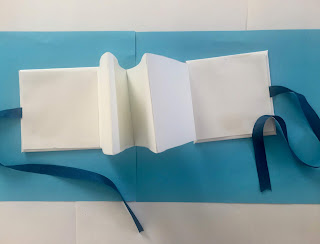Frottage/Frottage Collage/Sneaker Fun
Grades: 2 and Up
Frottage is French for rubbing. This is a printmaking process that is clean!
Aims:
To explore the technique of frottage
To create a thematic print
Materials and Tools:
Paper such as copy paper, bond or fadeless. Thick paper will not work well.
Crayons—Big ones work well.
Texture Plates (available in art stores; one brand name is Shade-Tex)
For Collages: Scissors, glue sticks, phone book sheets for gluing, 12 x 18” colored or black construction (background) paper
Vocabulary:
rubbing, frottage, print, multiple, texture
Motivation:
If you want to show visuals, you can find some rubbings from the Surrealist Max Ernst, who used floorboards and other objects for texture.
Procedure:
Choose your theme. It may be something as easy as shapes or something based on your curriculum, such as animals, cities, the plant world, etc.
Talk with your students about texture and ask where we might find it. Introduce the word “frottage” and explain and demonstrate the process.
Frottage Picture: Have students draw an outline of their idea and outline in sharpie markers. Next, let them find textures around the room (or school) to rub or use texture plates. Each area might have a different texture or else they can use the same texture again and again. You might also try adding a second color over the rubbing without moving the paper or moving it just a bit.
There are many variations to this process, among them:
Frottage Collage: Have your students make many sheets of textures in different colors and patterns. Demonstrate cutting and proper gluing techniques (glue around the edges, not in the middle—unless it’s a small piece; use several phone book pages to do the gluing on, so desks don’t get sticky, letting students crumble up the sheets as they are used. Next, after giving them the theme, students will cut out shapes and arrange them on construction paper. (Don’t hand out glue right away—let them try different compositions and learn to move pieces around in a thoughtful way. Encourage overlapping!)
Sneaker Rubbing: (Ages 8 and Up) This is a one-period lesson. Students make a rubbing of their sneaker bottom on a large (11 x 17” sheet of copier paper. (They will groan and laugh about “stinky feet” but love this idea in the end! If the student is wearing a shoe without a texture on it, they should “borrow” someone else’s.) Ask them to turn the shape into something such as a car, building, alien, butterfly, etc. They then should make a believable background.
Reflection:
Always share work and try to circle back to your vocabulary and goals. Always be sure to display it if possible.







